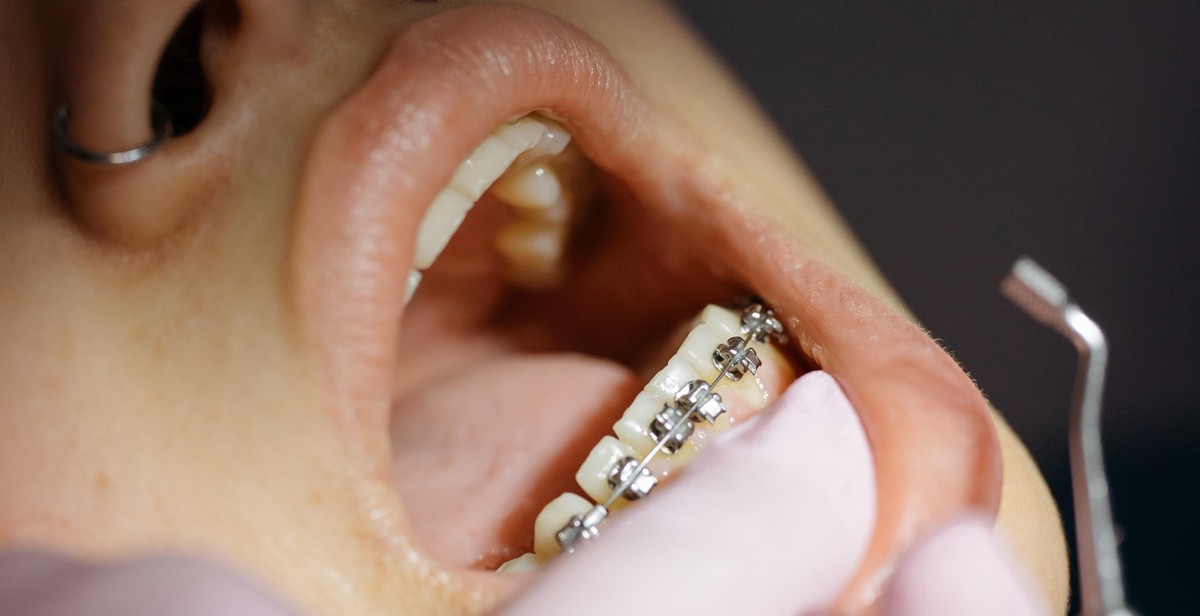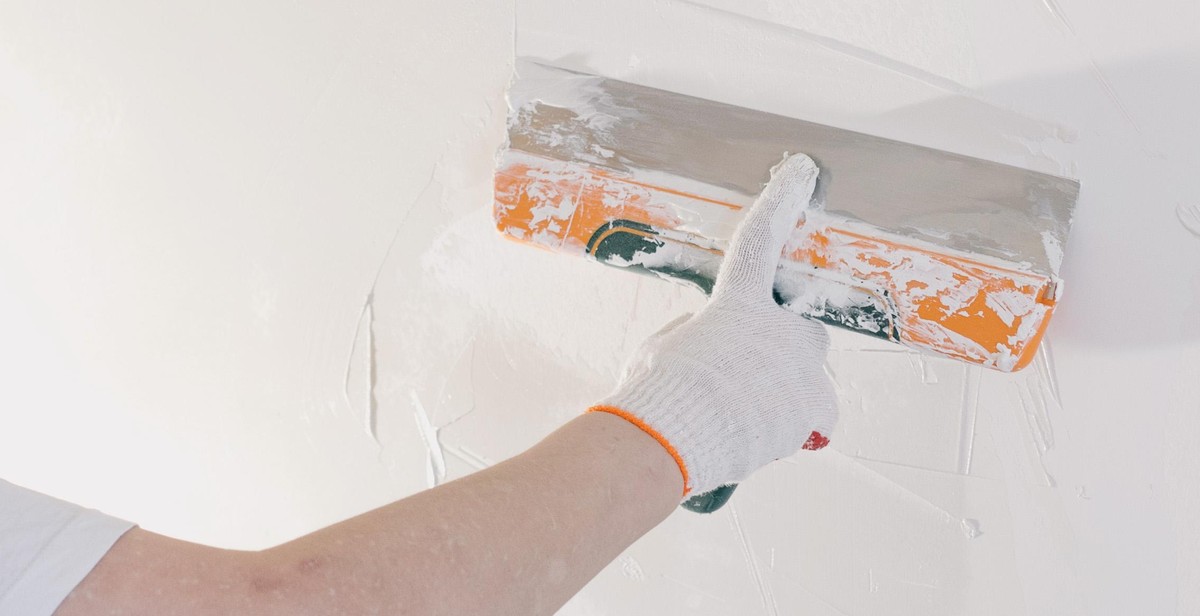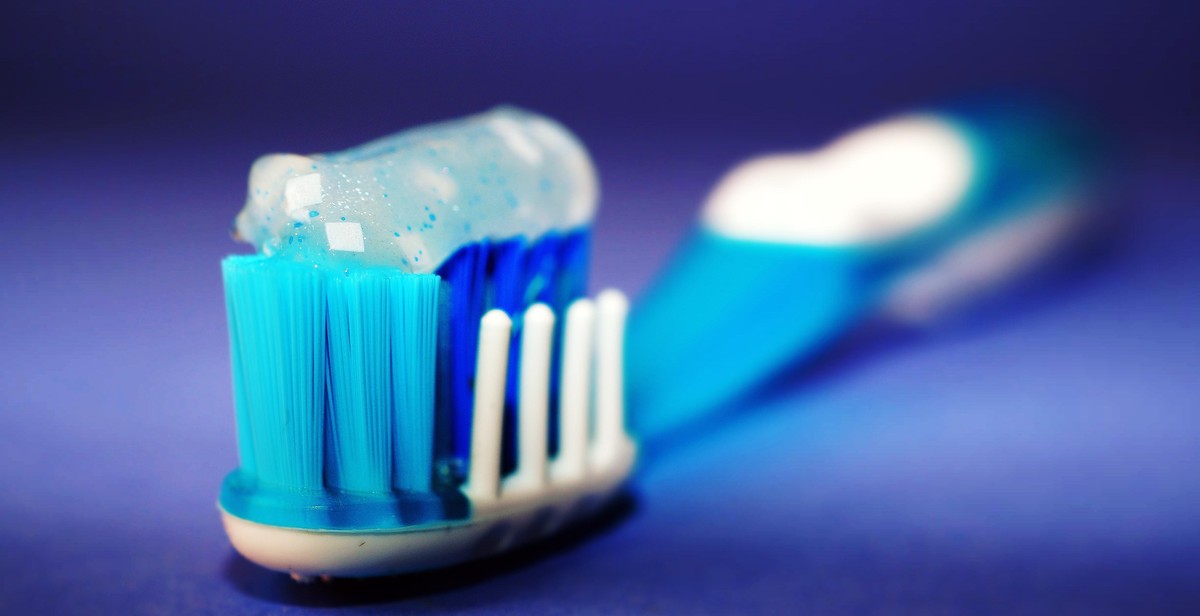Introduction: How to Remove Tartar and Maintain Dental Health
Dental health is an essential aspect of overall health, and maintaining it requires consistent effort and care. Tartar, also known as dental calculus, is a common dental problem that affects many people. Tartar is a hardened plaque that accumulates on the teeth and can lead to gum disease and other dental problems if left untreated.
What is Tartar?
Tartar is a yellow or brown-colored deposit that forms on the teeth and is caused by the accumulation of plaque. Plaque is a sticky film of bacteria that forms on the teeth and can be removed by brushing and flossing. However, if plaque is not removed, it can harden and turn into tartar, which cannot be removed by brushing and flossing alone.
Tartar buildup can cause a variety of dental problems, including bad breath, cavities, and gum disease. In addition, tartar can make it more difficult to clean the teeth and can lead to discoloration and staining.
In this article, we will discuss how to remove tartar and maintain dental health to prevent dental problems and keep your teeth looking and feeling healthy.

Causes of Tartar Buildup
Tartar buildup is a common dental problem that affects people of all ages. It is a hard, yellowish substance that forms on the teeth and can lead to various dental problems such as gum disease, tooth decay, and bad breath. There are several factors that contribute to tartar buildup, including:
Poor Oral Hygiene
One of the primary causes of tartar buildup is poor oral hygiene. When you do not brush and floss your teeth regularly, food particles and bacteria can accumulate in your mouth and form plaque. Over time, this plaque hardens and turns into tartar, which can only be removed by a dental professional.
Dietary Habits
Your dietary habits can also contribute to tartar buildup. Foods that are high in sugar and carbohydrates can increase the amount of plaque in your mouth, leading to more tartar buildup. Additionally, foods that are sticky or chewy can get stuck in your teeth and make it harder to remove plaque through brushing and flossing.
Genetics
Some people are more prone to tartar buildup than others due to their genetics. If your family has a history of dental problems, you may be more likely to develop tartar buildup. Additionally, certain medical conditions such as dry mouth or acid reflux can also increase your risk of tartar buildup.
By understanding the causes of tartar buildup, you can take steps to prevent it from occurring. Practicing good oral hygiene, eating a balanced diet, and visiting your dentist regularly can all help to keep your teeth clean and healthy.

Signs and Symptoms of Tartar Buildup
Tartar buildup is a common dental problem that can lead to serious oral health issues if left untreated. Tartar is a hardened form of plaque that forms on teeth and can cause yellow or brown stains, bad breath, gum inflammation, and sensitive teeth. Here are some of the signs and symptoms of tartar buildup:
Yellow or Brown Stains
One of the most common signs of tartar buildup is yellow or brown stains on teeth. These stains can be difficult to remove with regular brushing and can make your teeth look dull and discolored. If you notice stains on your teeth, it’s important to visit your dentist to have them removed professionally.
Bad Breath
Tartar buildup can also cause bad breath. The bacteria that thrive on tartar can produce a foul odor that can linger in your mouth. If you have persistent bad breath, even after brushing and flossing, it could be a sign of tartar buildup and you should see your dentist.
Gum Inflammation
Tartar buildup can cause inflammation of the gums, which can lead to redness, swelling, and tenderness. If your gums feel sore or bleed when you brush or floss, it could be a sign of gum inflammation caused by tartar buildup. This can lead to more serious gum disease if left untreated.
Sensitive Teeth
Tartar buildup can also cause sensitivity in your teeth. If you experience pain or discomfort when eating or drinking hot or cold foods, it could be a sign of tartar buildup. This is because tartar can cause the gums to recede, exposing the sensitive roots of your teeth.
Overall, if you notice any of these signs or symptoms, it’s important to see your dentist to have tartar buildup removed and to maintain good dental health.

How to Remove Tartar at Home
Tartar buildup can cause a range of dental problems, from bad breath to gum disease and tooth loss. While regular visits to the dentist for professional cleanings are essential, there are also several effective ways to remove tartar at home. Here are some of the best methods:
Brushing and Flossing
The most basic and effective way to prevent tartar buildup is by brushing and flossing regularly. Brush your teeth twice a day with a soft-bristled brush and fluoride toothpaste, and floss at least once a day to remove plaque and food particles from between your teeth and gums. This will help prevent the buildup of tartar and keep your teeth and gums healthy.
Oil Pulling
Oil pulling is an ancient Ayurvedic practice that involves swishing oil around in your mouth to remove toxins and bacteria. Coconut oil is the most commonly used oil for this purpose. Swish a tablespoon of coconut oil in your mouth for 15-20 minutes, then spit it out and rinse your mouth with warm water. This can help remove tartar and improve overall oral health.
Baking Soda
Baking soda is a natural abrasive that can help remove tartar and stains from teeth. Mix a teaspoon of baking soda with enough water to form a paste, then apply the paste to your teeth and brush gently for two minutes. Rinse your mouth thoroughly with water. Be careful not to use baking soda too frequently, as it can damage tooth enamel.
Hydrogen Peroxide
Hydrogen peroxide is a natural bleaching agent that can help remove tartar and whiten teeth. Mix equal parts of hydrogen peroxide and water, then swish the solution around in your mouth for 30 seconds. Spit it out and rinse your mouth thoroughly with water. Be careful not to swallow the solution, as it can be harmful.
By incorporating these methods into your daily oral hygiene routine, you can effectively remove tartar at home and maintain good dental health.

Professional Tartar Removal
While regular brushing and flossing can help prevent tartar buildup, sometimes professional dental cleaning is necessary to remove it completely. There are three main types of professional tartar removal procedures: scaling, root planing, and laser tartar removal.
Scaling
Scaling is a common dental procedure that involves the removal of tartar and plaque from the surface of the teeth. The dentist or dental hygienist uses a special tool to scrape away the buildup from the teeth and gum line. This procedure is typically painless and can be completed in one visit to the dentist’s office.
Root Planing
Root planing is a more in-depth cleaning procedure that is typically recommended for patients with advanced gum disease. This procedure involves the removal of tartar and plaque from the roots of the teeth, which are located below the gum line. The dentist or dental hygienist uses a special tool to smooth the roots of the teeth, which helps to prevent bacteria from accumulating in the future.
Laser Tartar Removal
Laser tartar removal is a newer and less invasive procedure that uses a laser to remove tartar and plaque from the teeth. This procedure is typically less painful than scaling or root planing and can be completed in one visit. Laser tartar removal is also more precise, which means that it can target specific areas of the mouth that may be difficult to reach with traditional cleaning methods.
| Procedure | Description |
|---|---|
| Scaling | Removal of tartar and plaque from the surface of the teeth |
| Root Planing | Removal of tartar and plaque from the roots of the teeth below the gum line |
| Laser Tartar Removal | Use of a laser to remove tartar and plaque from the teeth |
- Professional tartar removal procedures are typically painless
- Regular dental cleanings can help prevent tartar buildup
- Laser tartar removal is a newer and less invasive procedure

Preventing Tartar Buildup
Tartar buildup is a common dental problem that can lead to gum disease and tooth decay. However, there are several ways to prevent tartar buildup and maintain good dental health:
Brushing Twice a Day
Brushing your teeth twice a day is the most important step in preventing tartar buildup. Use a fluoride toothpaste and a soft-bristled toothbrush to brush your teeth for at least two minutes each time. Brush in circular motions and make sure to reach all areas of your mouth, including your tongue and the roof of your mouth.
Flossing Daily
Flossing is just as important as brushing when it comes to preventing tartar buildup. Floss at least once a day to remove plaque and food particles from between your teeth and along the gumline. Use a gentle sawing motion and be sure to get between every tooth.
Using Mouthwash
Mouthwash can help kill bacteria and freshen your breath, but it should not replace brushing and flossing. Use an antiseptic mouthwash after brushing and flossing to help kill bacteria that can cause tartar buildup.
Regular Dental Checkups
Regular dental checkups are essential for preventing tartar buildup and maintaining good dental health. Your dentist can remove any tartar buildup and detect any potential dental problems before they become more serious. Aim to visit your dentist every six months for a checkup and cleaning.
By following these simple steps, you can prevent tartar buildup and maintain good dental health for years to come.
